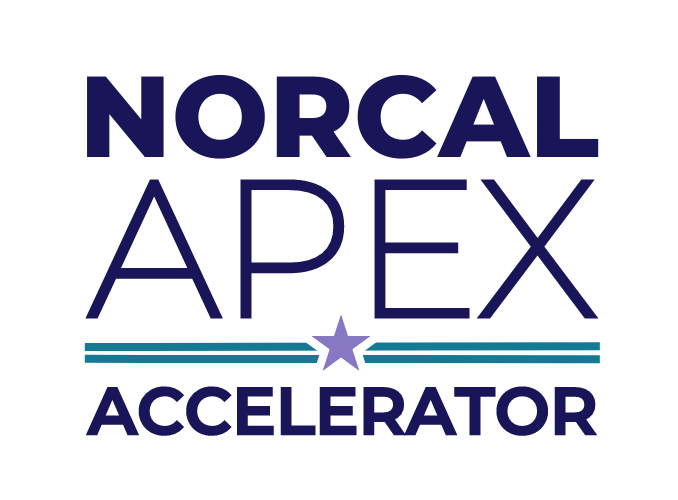Ask Ed | Public Works Project Schedules
A Monthly Public Works Column By Ed Duarte, Construction & Public Works Specialist.
All Federal, State, and local agency construction projects have one thing in common: The Prime Contractor will be required to submit a proposed construction schedule that illustrates how the contractor will complete the project within the specified contract time allowed.
For any project of considerable size say more than $500,000, the specifications invariably set a minimum of factors the contractor must follow:
The Software to be used, the Type of Schedule, and Update requirements.
For the vast majority of public contracts, Primavera P6 or Microsoft Project are the overwhelming choice of public agencies. The main difference between the two is the cost of the software and the complexity of the schedule. Primavera is almost always required for projects more than $20 million, and MS Project is usually allowed for projects under that limit. Consequently, it follows that Primavera is much more expensive than MS Project and requires special instruction on its use.
Both software products produce a Critical Path Method (CPM) type of schedule which shows the fastest timeline possible on the project. Any task or event that delays the project is said to be on the “critical path”.
After the CPM schedule is prepared (by the Prime) and approved (by the Construction Manager or Engineer), it is sent to all the subcontractors who must abide by it.
The final requirement in the specifications requires the Prime to update the schedule monthly, quite often as a prerequisite to having the monthly pay request approved for payment.
Depending on the size of your contract, preparing, and updating the project schedule can have significant cost ramifications.

